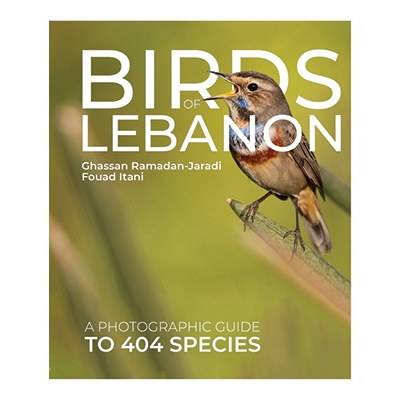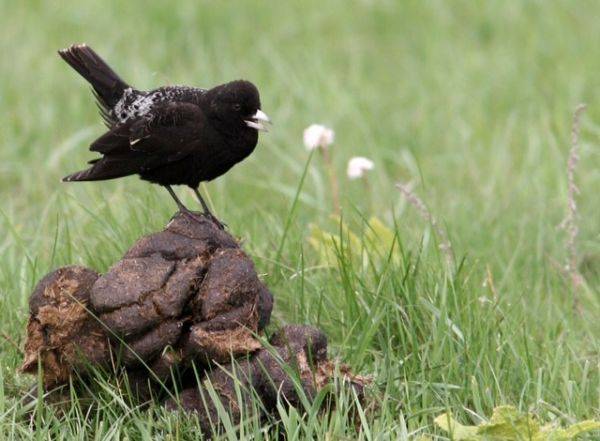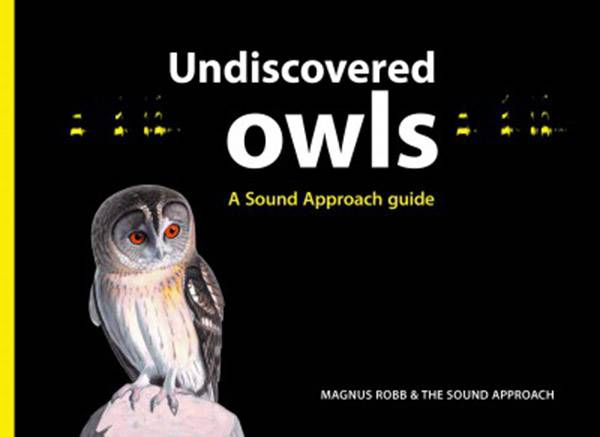By Ghassan Ramadan-Jaradi and Fouad Itani

ISBN 9 789953 051062 In English
Association for Bird Conservation in Lebanon
Published in Lebanon
Available in bookshops in Lebanon and from: www.BuyLebanese.com/browse.asp?pr=1055
Price $34 plus postage (eg. Plus $24.75 to Europe).
First, a declaration of interest, I am the author of A Guide to 200 Common Birds of Lebanon mentioned below, I have therefore refrained from making any comparison between my work and this new publication.
To paraphrase the old joke about London buses, “You wait over 30 years for a new book on Lebanese birds (since Tohmé’s Birds of Lebanon (in Arabic), 1986) and two come along at once!” Hot on the heels of the 2017 SPNL/A Rocha Lebanon publication A Guide to 200 Common Birds of Lebanon (in English and Arabic) comes this heftier publication (in English) which in the authors’ words “addresses all the bird species observed in Lebanon up to 2019.” The natty wrap-around page marker that comes with the book states that the “book is sold in favour of the Association for Bird Conservation in Lebanon”, a recently established NGO (2019) of which Fouad Itani, co-author of this book is President.
First impressions
With a dapper singing Bluethroat gracing the cover, the book is pleasing to the eye and the larger than standard size (for a field guide at least) of the book (20cm x 24.5cm) allows the inclusion of some excellent photographs, filling half the page dedicated to each species. In the hand the book is on the chunky side, weighing in at just over 1.5kgs so perhaps not one to be carting around in the hot Lebanese sun when out birding.
Introductory pages
The Contents page (complete with a superb photo of duelling Hawfinch at a drinking pool) is followed by Profiles of the two authors. Dr Jaradi and Mr Itani are Lebanese nationals serving on the Higher Hunting Council and the Middle East Sustainable Hunting Centre respectively; this book should help them influence positively the authorities responsible for policing hunting in the country and so constrain the irresponsible hunters. Fouad Itani took just over half of the photographs in the book and is also the Hunting and Wildlife Photography Director for Sayd Magazine: www.sayd-magazine.com. Next is the Foreword by Professor Dr Bernd Meyburg who has been satellite-tracking German Lesser Spotted Eagles since 1992. He mentions unsurprisingly that, “Unfortunately, some of them disappear in Lebanon due to illegal hunting”. His wish is that this new book will contribute to improve the protection of all the Lebanese avifauna. An Acknowledgement page follows, ending with an encouragement to all observers to take photographs and field notes and record sightings on eBird.
The authors state on their Introduction page that their “guidebook assists with identification of species and is a browsable photographic guide.” Next, a two page About the Text section explaining how to use the species description pages including a small map of Lebanon showing the location of commonly mentioned sites.
A Bird Topography two-page section with photographs of a perched passerine, an in-flight raptor and a Mallard drake complete the pages preceding the Species Accounts section. It’s a little unfortunate that the description captions don’t include some terms referred to in the species accounts. Perhaps a separate sheet including those terms could be made available?
After all the species description pages the book is completed by a two page Species Index for the 400 plus species, but in very small print, three pages listing the Book Photo Authors (i.e., who photographed what in the book) and a single page of References and Further Reading. Note that the Species Index is not actually a typical alphabetical index but rather the contents of the Species Accounts pages helpfully grouped by families and as such might have been better placed in the Introductory Pages section.
Species Accounts Each of the 404 ‘species’ (see the 400 species barrier comments below) has its own page, consisting of either one half page-sized photograph or (in approximately half the cases) two smaller ones. The Arabic and scientific names are included as is the IUCN/Birdlife conservation status, dimensions and a colour-coded (the colour indicating status) monthly table indicating when the species is likely to occur. The actual text is under three headings: Main Features for Identification, Main Threats, and Status and Distribution in Lebanon. The OSME taxonomy order is followed, Falcons are therefore not with other birds of prey but come after Woodpeckers.
The authors state in their introduction that their hope is that their “guidebook provides an in-depth primer for new or aspiring birdwatchers and responsible hunters and offers a refresher course for those more experienced.” This is a challenging goal, particularly for a photographs-only publication (The back cover states that the book is “illuminated with exquisite ornithological illustrations and stunning photos”; better phrasing would be “…exquisite ornithological photos”). The photos are indeed excellent, though more in-flight images, particularly of waders, would have been good to see. One error: the Pomarine Skua image is a dark phase adult Arctic Skua (The photographer’s website correctly identifies it!). The Temminck’s Lark page heading is misspelt as Temmink’s. I would have preferred to have seen a male Northern Wheatear of the local ssp libanotica pictured, as this black and white – looking bird can in my experience be mis-identified as Black-eared Wheatear by the unwary or inexperienced!
To compensate for the limitations that a single (sometimes two) image per species brings to a bird guidebook, the Main Features for Identification section is extremely detailed in terms of each species’ appearance, written in an ‘ornithological style’ which perhaps is too formal for the ‘new and aspiring birdwatchers’ referred to in the introduction, because it uses terms omitted from the Bird Topography section in the Introduction: For example the description of Broad-billed Sandpiper mentions tertials, scapulars and mantle and that of Rüppell’s Warbler mentions pale fringes to tertials and greater coverts. Nevertheless, these minor imperfections should not deter anyone keen to learn. One quibble, the Horned Lark is described as having striking black and yellow face markings, but in Lebanon the resident subspecies penicillata shows no yellow.
The Status and Distribution section in each species account will be familiar to Sandgrouse readers, in most cases the text is the same as is found for each species in the Revised Checklist of the Birds of Lebanon 1999-2007 in Sandgrouse 30 (1). Of course, the intended purchasers of the book are not OSME members and the information in this section is most useful for relating resident species and breeding or wintering common migrants to habitat, places and regions of Lebanon where they might be encountered. However, for all the more uncommon, rare and vagrant species such information is less applicable. For example, for Desert Lark, listing the five published records by date of occurrence, finder, date of publication and author of paper will be of little value for inexperienced birdwatchers.
The 400 species barrier. There are a few species whose basis for inclusion we might enjoyably debate, despite the authors’ stated policy to omit questionable records! Eurasian Nuthatch comes to mind. As for escapes of captive non-native species, a frequent occurrence in many countries and once always omitted from bird surveys and counts, nowadays are increasingly reported to enable the impact of their presence on native species to be assessed; here, Red Turtle Dove and Indian Silverbill are included. Given that modern DNA techniques indicate that rigid insistence on squeezing populations into the essentially undefinable categories of ‘species’ and ‘subspecies, it is encouraging to find a little ‘creative accounting’ bringing the ‘species’ total past the 400 mark by six pages of different Yellow Wagtail forms!
The authors’ goal of instilling an empathy for birds and thereby increasing eco-tourism to the benefit of local communities is to be applauded, the book is indeed a browsable photographic guide as claimed in their introduction and could grace many a Lebanese coffee table, so let’s hope that more Lebanese bird hunters will put down their guns and pick up binoculars or cameras instead as a result of its publication.
Richard Prior


